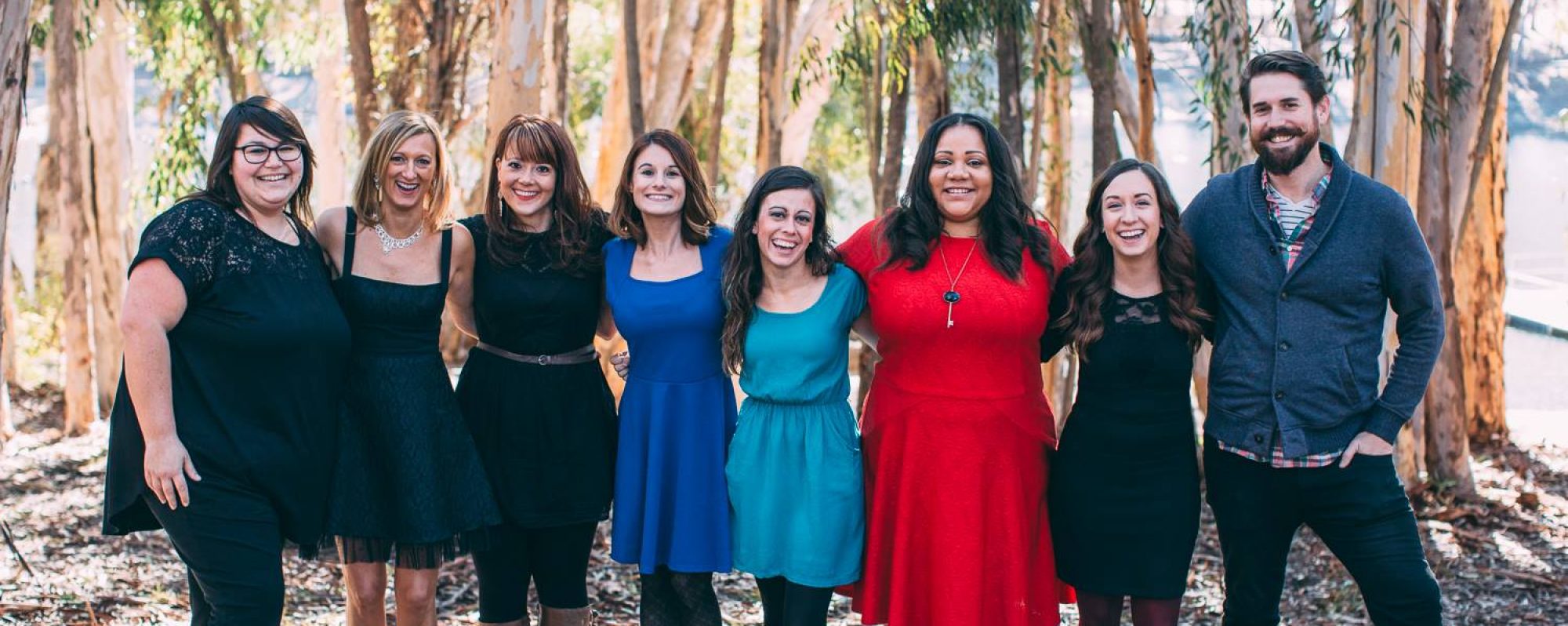As a requirement before starting my internship at The Music Therapy Center of California, I was required to take the “Clifton Strengths Finder” test. At the time, I didn’t realize how beneficial and insightful this test would be for me. I have always been a fan of any sort of personality test, but this one gave me a new kind of understanding about how I work best and what I am good at. Clifton Strengths Finder is an online test you can take that gives you your top 5 strengths out of a list of 34 options. Your results are personalized, and it gives you lots of information on each strength. My strengths are: Discipline, Empathy, Achiever, Communication, and Woo.
After starting my internship, I have found that understanding my strengths and how I work has been more useful than ever. First, both discipline, achiever, and communication have been very helpful for my internship, as they all provide me with the drive to get things done in an orderly manner and efficiently in some way. I am driven by accomplishing tasks, getting things done by (and often earlier than) due dates, and checking off my to-do list. In terms of internship, this has been extremely helpful as I am able to stay focused on my tasks and get things done quickly.
Next, Empathy has been very prevalent as I am working with all sorts of different people. It is so valuable to have empathy as I work with my clients, because it helps me to understand how they may be feeling and what they need. I feel as if I got more than my allotted amount of empathy. I feel deeply for people and want to help them in whatever way I can. Looks like I went into the right career! This has also helped me to see how I can work well in a team, as I want to be supportive and caring towards others I am around.
Lastly, my strength of Woo has been very helpful for me to understand during this time in my life. During internship, you are meeting so many people, that for some it could be overwhelming and exhausting. For me, I LOVE meeting new people and finding ways to connect with and understand them. I am not intimidated by strangers, and I love striking up a conversation with those around me. I have noticed during my internship that I have felt a strong desire to get to know everyone around me very well, and to understand who they truly are. I love knowing more about people than just the surface level, and my tendency is to desire that they would want to know me too!
After researching my strengths more and understanding what they mean in my personal life, I have also come to realize that almost all strengths can have a negative and a downside, that you must be aware of. For me, I realized that with discipline, communication, and achiever, I can become so addicted to working and getting things done, that I have a hard time slowing down and resting. I even sometimes work during my lunch break, because I love shrinking my to-do list and feeling like I got something worthwhile done with my time. For empathy, I realize that sometimes I can feel for people so much that it can overtake me, or cause me to lose focus on what I am doing. My feelings can get in the way of my ability to work or accomplish a goal. I need to stay centered and not let my empathy become out of balance. Empathy is a two edged sword. Lastly, being a woo, I can sometimes be so focused on winning someone over, that it can become unhealthy. It has been helpful for me to see that as long as I understand my strengths and how they could become negative, I am able to keep things in balance and remain healthy and positive.
Understanding yourself and your strengths and your weaknesses can be an extremely enlightening thing. I have found that this is especially prevalent during internship. This is an intense and changing time in my life, and this has magnified my strengths in a new way. It has been a really important time of self-discovery for me so far, and has helped me to understand how I work best on my own as well as on a team.

I would highly suggest looking into your strengths if you haven’t already!
https://www.gallup.com/cliftonstrengths/en/254033/strengthsfinder.aspx
See you next time!
-Audrey Cosgrove, MTI







![senseez-vibrating-pillow-plushy-jelly-[5]-52062-p senseez-vibrating-pillow-plushy-jelly-[5]-52062-p](https://i0.wp.com/themusictherapycenter.wordpress.com/wp-content/uploads/2020/01/senseez-vibrating-pillow-plushy-jelly-5-52062-p.jpg?w=338&h=339&ssl=1)



